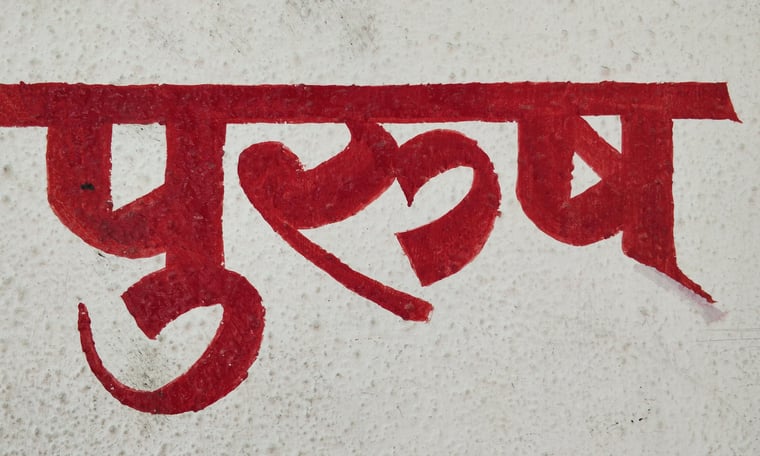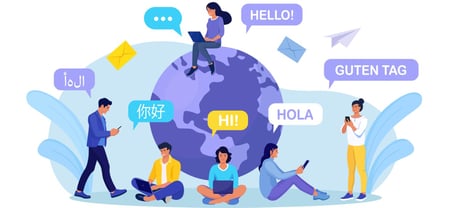Hindi is spoken by a lot of people. In fact, Hindi is the fourth most commonly spoken language in the world, right behind English and Spanish. (Mandarin Chinese is number one.) As India continues to develop and become more of a global powerhouse in commerce and technology, the demand for Hindi language translation — both domestically and abroad — will continue to rise as well.
The Hindi language is used in many parts of India to help people communicate with one another. You have to remember that India has 22 official languages. When someone who speaks Assamese meets a Tamil (a Dravidian language) speaker, they will probably have to speak to one another in Hindi or English, rather than their mother tongue — even though they come from the same country. Hindi is the language that links this vast subcontinent together. It bridges the communication gap between the hundreds of languages (some official, some not) spoken all over the place. Since Hindi is so utterly important to the fabric of Indian society, it makes sense that there’s a strong need for Hindi language translation as well. Trade links between India and Europe, as well as the United States, are increasing all of the time. As India’s technical know-how surges, and it continues to contribute to the global economy, Hindi language translation skills will be in high demand. Millions upon millions of people speak Hindi as a first or second language. This simple fact will help ensure the continued need for people and translation services that have the experience and expertise to handle all kinds of translations to and from Hindi.






